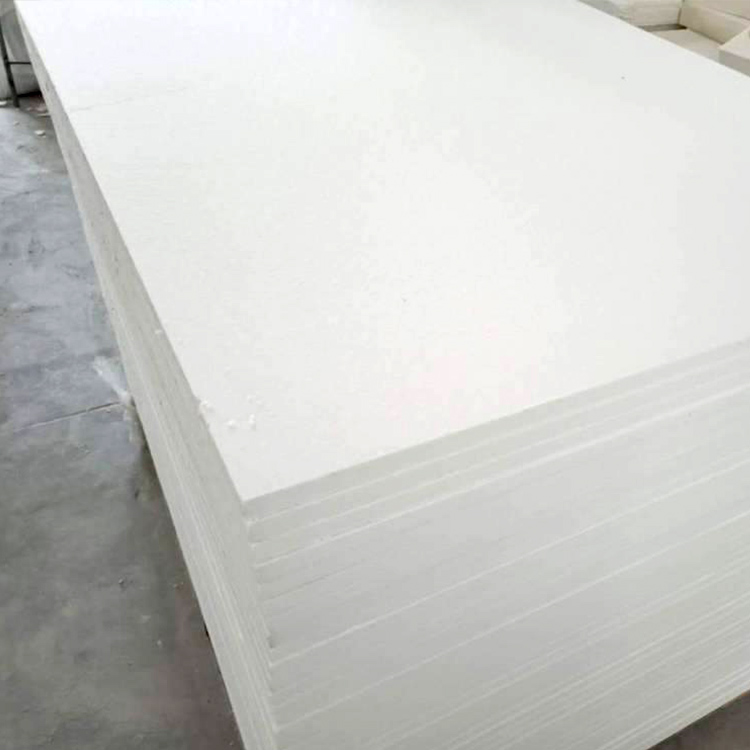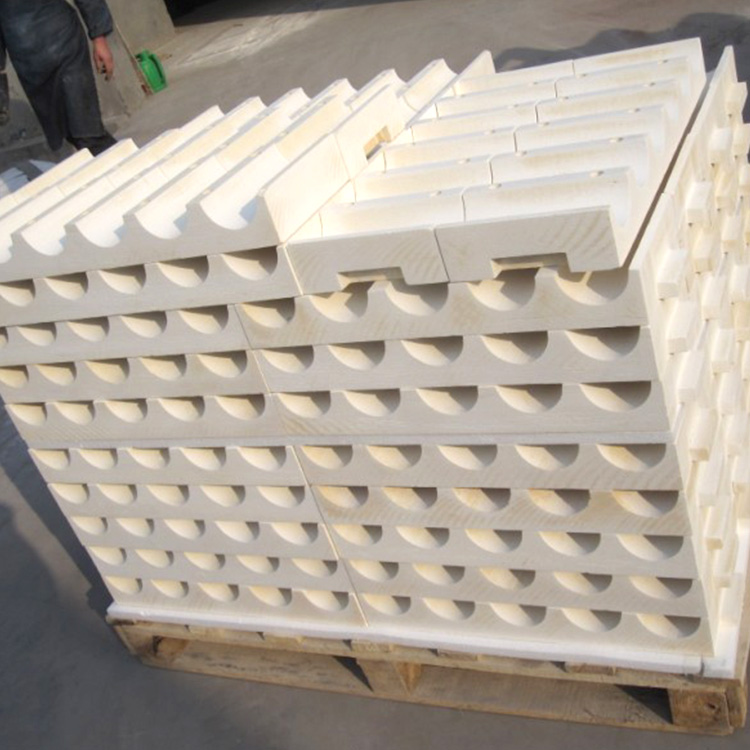
In the steelmaking industry, precise control of ladle insulation thickness is critical for energy efficiency and process optimization. This comprehensive tutorial explores the state-of-the-art procedure for reducing ladle insulation thickness by 10-18 millimeters using Sunrise Vermiculite Ladle Insulation Boards, backed by scientific principles and rigorous onsite inspection methods.
Ladle shells typically operate under extreme thermal conditions, demanding robust insulation to minimize heat loss and maintain molten steel temperature. However, excessive insulation thickness can lead to increased material costs and reduced operational space. Therefore, achieving an optimal balance between insulation thickness and thermal performance is vital. Current industry benchmarks suggest that reducing insulation thickness by up to 15% can yield energy savings exceeding 7% annually without compromising safety or product quality.
Conventional refractory insulation materials often suffer from thermal degradation, limited mechanical strength, and inconsistent heat transfer rates, which compromise the ladle’s thermal stability and lifespan. These drawbacks translate into increased maintenance frequency and energy consumption, adversely affecting continuous steel production.
Sunrise Vermiculite Boards present enhanced thermal resistance with thermal conductivity values as low as 0.15 W/m·K at operational temperatures around 1200°C, outperforming standard materials by 20%. The boards also provide excellent dimensional stability under cyclic thermal stress and deliver superior compressive strength above 5 MPa, ensuring structural integrity during ladle handling and slag movement.
| Material | Thermal Conductivity (W/m·K) | Compressive Strength (MPa) | Thermal Stability (°C) |
|---|---|---|---|
| Sunrise Vermiculite Board | 0.15 | >5 | >1300 |
| Traditional Fire Brick | 0.35 | 3-4 | 1100-1200 |
| Ceramic Fiber Blanket | 0.12 | 1-2 | 1260-1400 |
By leveraging the superior thermal performance of Sunrise Vermiculite Boards, ladle insulation thickness can be safely reduced by 10 to 18 millimeters while retaining an equivalent thermal barrier effect. Modeling studies using finite element thermal analysis indicate that reducing insulation thickness from 100 mm to 82 mm results in less than a 3% increase in ladle outer shell temperature, maintaining operational safety margins and boosting process heat retention.
1. Material Preparation: Confirm board integrity, ensure consistent dimensions, and acclimate materials to plant ambient conditions (approximately 25°C) for 24 hours to prevent thermal shock.
2. Surface Cleaning: Thoroughly clean ladle shell to remove dust, scale, and residues that could compromise adhesion.
3. Installation: Attach insulation boards using heat-resistant adhesives or mechanical fasteners per Sunrise’s technical manual, maintaining tight joints and staggered seams to eliminate thermal bridges.
4. Layering: Apply any additional refractory coatings after board installation as specified.
5. Curing: Allow the adhesive to cure at ambient temperature for a minimum of 48 hours before thermal cycling.

Ensuring insulation efficacy requires rigorous inspection at multiple stages:
A leading steel mill implemented Sunrise Vermiculite Boards to reduce insulation thickness from 100 mm to 85 mm across its 50-ton ladles. Over a 12-month operational period:

Steel producers are advised to incorporate the following best practices when optimizing ladle insulation:


